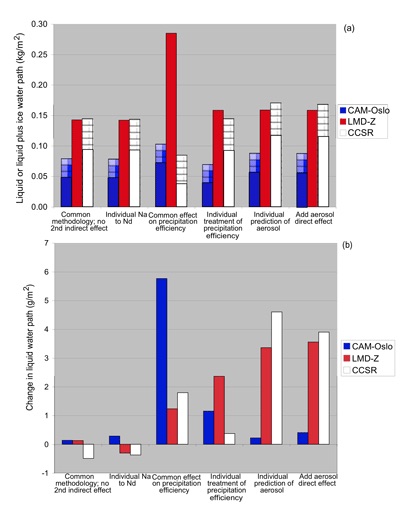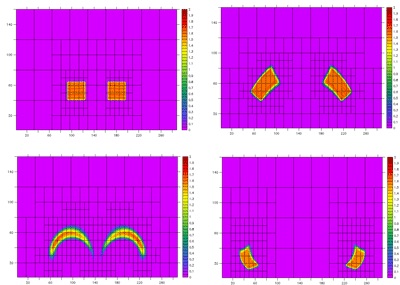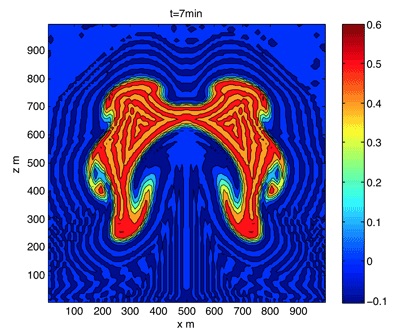Aerosol/climate interactions
We are coupling our aerosol model to both the CAM5 NCAR climate model and the GFDL climate model. Our goal is to understand the variation of the response of clouds and cloud forcing by aerosols in these two major U.S. climate models. We hope to be able to use this intercomparison to determine the range of uncertainty in GCM’s and to examine the “best” method for parameterizing these interactions by comparing to observations.
NON-HYDROSTATIC CLIMATE MODELS
One problem with the treatment of aerosol/cloud interactions in GCM’s is that they do not fully resolve these interactions (their grids are too large). We are building an adaptive grid dynamical core for climate models that can span from hydrostatic treatments (appropriate at large grid resolutions) to non-hydrostatic treatments (for grid size < 10 km). This approach would allow us to fully resolve the response of clouds to changes in aerosols when conditions merit a high resolution treatment. The model is based on using a Lagrangian vertical coordinate that is able to seamlessly treat both hydrostatic and non-hydrostatic regimes.



